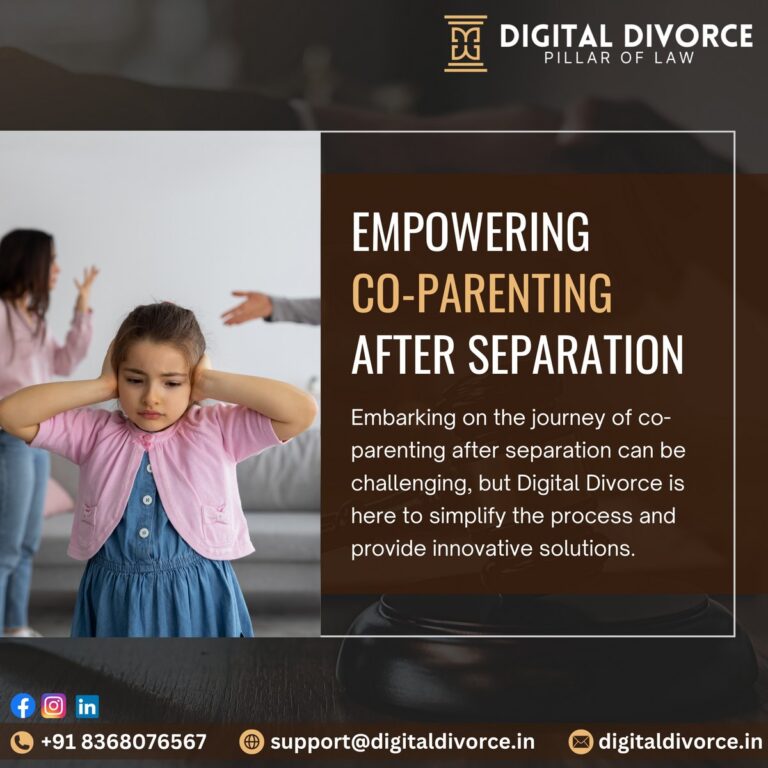In an unhappy marriage, exploring the concept of “no-fault” grounds for divorce can provide a smoother and less contentious path toward ending the relationship. Let’s delve into the detailed aspects of no-fault easy divorce and its significance in simplifying the dissolution of a troubled marriage and get this solved from Digitaldivorce.in
Understanding No-Fault Divorce:
No-fault divorce refers to the dissolution of a marriage without placing blame on either spouse for the breakdown of the relationship. Unlike traditional fault-based divorces, where one party must prove wrongdoing by the other (such as infidelity, abuse, or abandonment), no-fault divorces focus on irreconcilable differences or the irretrievable breakdown of the marriage.
The Significance of No-Fault Grounds:
No-fault divorce laws aim to streamline the divorce process, making it more accessible and less adversarial. By eliminating the need to prove fault, couples can navigate the legal proceedings with less animosity and quicker resolutions, reducing emotional strain and legal expenses.
Key Points Regarding No-Fault Divorce:
Simplicity in Legal Process: No-fault divorces typically require less legal maneuvering. Couples can dissolve their marriage by citing irreconcilable differences, a mutual decision to end the relationship without assigning blame, or a breakdown of the marital relationship beyond repair.
Avoidance of Blame Game: No-fault divorce spares both parties the need to prove wrongdoing, avoiding the potential for a lengthy and contentious battle over fault-based grounds. This approach minimizes conflict and allows for a more amicable separation.
Focus on Resolution, Not Fault: Instead of dwelling on past grievances, no-fault divorces emphasize finding equitable solutions for issues such as property division, child custody, and support. It shifts the focus from assigning blame to finding practical resolutions.
Quicker Resolution: No-fault divorce proceedings often move more swiftly through the legal system. With both parties agreeing to end the marriage, courts can expedite the process, leading to a faster resolution compared to fault-based divorces.
Reduced Emotional Strain: By avoiding the need to assign fault, couples can navigate the divorce process with less emotional turmoil. It promotes a more dignified and respectful separation, reducing emotional strain on both spouses and any children involved.
Cost-Effectiveness: No-fault divorces tend to be more cost-effective. With fewer legal battles over fault, legal fees and court expenses are typically lower, making divorce more accessible to couples regardless of their financial situation.
Considerations for No-Fault Divorce:
Mutual Agreement: No-fault divorces require mutual consent from both parties to dissolve the marriage without assigning blame. It’s essential for both spouses to agree on the decision to proceed with a no-fault divorce.
Legal Representation: While no-fault divorces aim to simplify the process, seeking legal guidance is advisable. An attorney can provide valuable counsel, ensuring your rights are protected and agreements are fair.
Negotiation and Mediation: Even in no-fault divorces, negotiations may be necessary. Mediation or collaborative approaches can assist in resolving issues related to property division, child custody, and support.
In conclusion, no-fault divorce provides a more amicable and streamlined approach to ending an unhappy marriage. By focusing on irreconcilable differences without assigning blame, couples can navigate the legal process more smoothly, reducing conflict, emotional strain, and expenses associated with divorce. It offers a more dignified and respectful path to ending a troubled relationship, allowing both parties to move forward with their lives.




